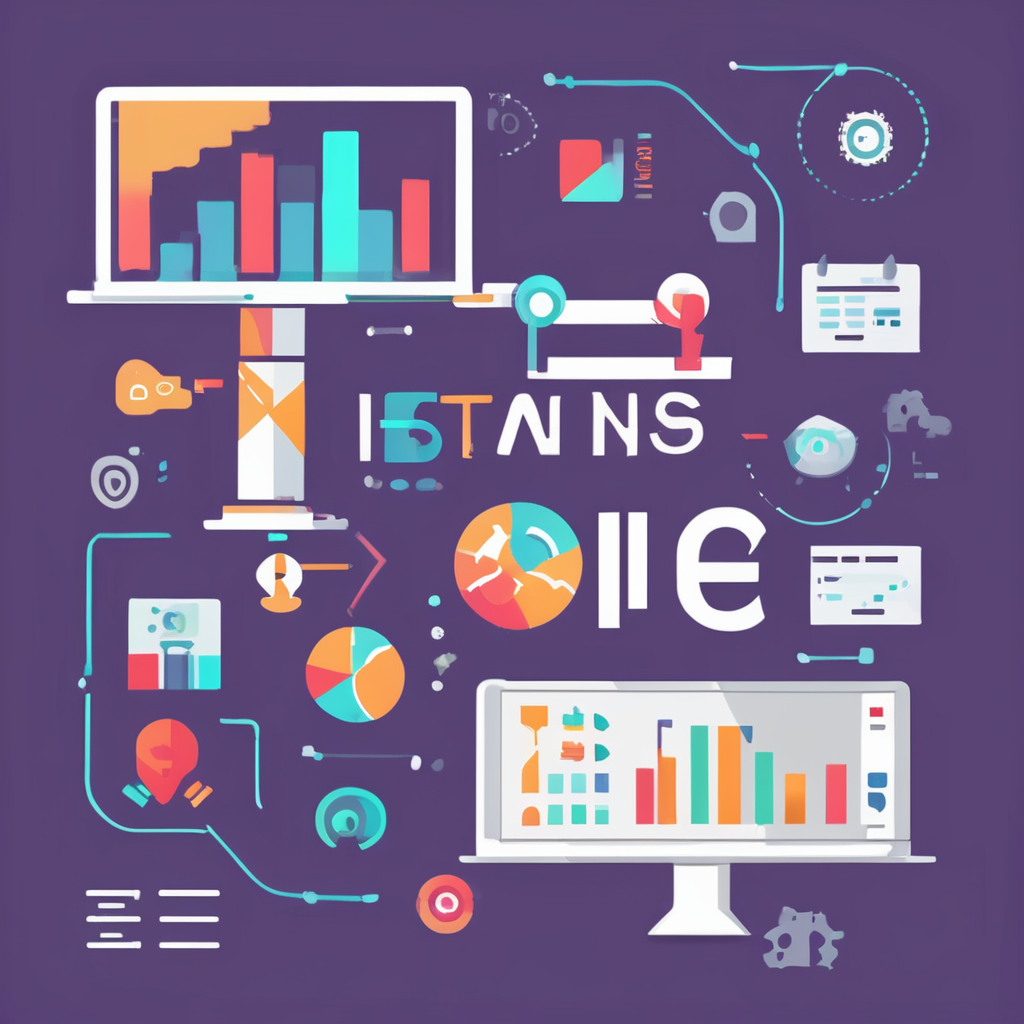Seamlessly Integrating AI into Recruitment in the UK: Top Strategies for Success
In the rapidly evolving landscape of recruitment, the integration of artificial intelligence (AI) is no longer a novelty but a necessity. Especially in the UK, where the job market is highly competitive and dynamic, leveraging AI can significantly enhance the hiring process. Here’s a comprehensive guide on how to seamlessly integrate AI into your recruitment strategies.
Understanding the Current Recruitment Landscape in the UK
Before diving into the strategies, it’s crucial to understand the current state of recruitment in the UK. Post-pandemic, the UK job market has seen a shift towards more flexible and remote work arrangements, which has opened up new opportunities for candidates and recruiters alike.
Also read : Maximizing customer feedback: a comprehensive guide for uk saas companies to drive continuous improvement
| Aspect | Current Trends |
|
|--------------------------------------------------------------------------------|
| **Work Arrangements** | Increased adoption of flexible and remote work. |
| **Skill Focus** | Greater emphasis on transversal skills like problem-solving, creativity, and adaptability[1]. |
| **Technology Use** | Growing use of AI and other technologies to streamline recruitment processes[4]. |
| **Candidate Experience**| Enhanced focus on improving the candidate experience through personalized interactions[4]. |
Leveraging AI for Candidate Sourcing
One of the most significant challenges in recruitment is finding the right candidates. AI can revolutionize this process by making candidate sourcing more efficient and effective.
AI-Powered Job Boards and Platforms
Platforms like Naukri.com in India and GrabJobs in Singapore are already using AI to recommend candidates based on their skills and history. In the UK, similar platforms can be leveraged to match candidates with job openings more accurately.
Also read : Boosting Cloud Security: Effective Strategies for Strengthening UK Enterprises Against Cyber Threats
Predictive Analytics
Predictive analytics can help recruiters identify potential candidates who might not be actively looking for a job but could be a good fit for the role. This involves analyzing large datasets to predict candidate behavior and interests.
- **Data Collection**: Gather data from various sources including job boards, social media, and internal databases.
- **Pattern Recognition**: Use AI algorithms to recognize patterns in candidate behavior and preferences.
- **Personalized Outreach**: Send personalized messages to potential candidates based on the insights gathered.
Streamlining the Screening Process with AI
The screening process is often the most time-consuming part of recruitment. AI can significantly reduce this time while increasing the accuracy of candidate selection.
Resume Screening
AI tools can quickly scan through resumes to match candidates with the job requirements. This not only saves time but also reduces the risk of human bias.
Chatbots for Initial Screening
Chatbots can conduct initial interviews, assess candidate responses, and even schedule follow-up interviews. For example, GrabJobs uses chatbots to automate the initial evaluation of candidates and schedule interviews directly into the recruiters’ and managers’ calendars[1].
- **Automated Resume Screening**: Use AI to filter out resumes that do not meet the minimum criteria.
- **Chatbot Interviews**: Conduct initial interviews via chatbots to assess basic qualifications and fit.
- **Scheduling Tools**: Automate the scheduling of interviews to reduce administrative tasks.
Enhancing Candidate Experience with AI
The candidate experience is crucial for any recruitment process. AI can help in personalizing interactions and making the process more engaging.
Personalized Communication
AI can help in sending personalized emails and messages to candidates, keeping them informed about the status of their application and engaging them throughout the process.
Video Interviews
AI-powered video interview tools can analyze candidate responses and provide insights to hiring managers. This can be particularly useful for remote interviews, which are becoming more common.
- **Personalized Emails**: Use AI to send customized emails to candidates based on their application status.
- **Video Interview Analysis**: Analyze video interviews to assess candidate skills and fit.
- **Feedback Mechanisms**: Provide immediate feedback to candidates through AI-driven tools.
Integrating AI into the Hiring Process: Practical Steps
Integrating AI into your recruitment process requires careful planning and execution. Here are some practical steps to consider:
Assess Your Current Process
Before introducing AI, it’s essential to assess your current recruitment process to identify areas where AI can add the most value.
Choose the Right Tools
Select AI tools that align with your recruitment goals. For instance, if you’re looking to improve candidate sourcing, choose a tool that specializes in predictive analytics.
Ensure Data Privacy and Security
AI in recruitment often involves handling large amounts of personal data. Ensure that you comply with regulations like GDPR to protect candidate data[4].
Train Your Team
Training your recruitment team on how to use AI tools effectively is crucial. This includes understanding how to interpret AI-driven insights and how to integrate them into the decision-making process.
- **Assessment**: Evaluate your current recruitment process to identify bottlenecks.
- **Tool Selection**: Choose AI tools that fit your specific needs.
- **Data Compliance**: Ensure all AI tools comply with data protection regulations.
- **Training**: Provide comprehensive training to your recruitment team on using AI tools.
Case Studies and Success Stories
Several companies have already seen significant benefits from integrating AI into their recruitment processes.
Example: Deloitte
Deloitte’s use of AI in recruitment has reduced the time spent on certain recruitment stages and increased the diversity of the candidate pool. According to Deloitte, 33% of companies are already using AI solutions in their recruitment processes, and this number is expected to rise to 70% by 2025[4].
Example: SkyHive
SkyHive’s Global State of the Skills Economy Report highlights how companies are leveraging AI to focus on soft skills like leadership, communication, and emotional intelligence. This approach has led to better candidate matching and improved job satisfaction[2].
Overcoming Challenges and Ensuring Ethical Use
While AI offers numerous benefits, it also presents several challenges that need to be addressed.
Bias in AI Algorithms
One of the significant challenges is ensuring that AI algorithms are free from bias. This requires regular audits and adjustments to the algorithms to ensure fairness in the recruitment process.
Transparency and Communication
Candidates should be informed when AI is being used in the recruitment process. Transparency is key to building trust and ensuring a positive candidate experience.
- **Bias Audits**: Regularly audit AI algorithms to ensure they are free from bias.
- **Transparency**: Inform candidates about the use of AI in the recruitment process.
- **Feedback Loops**: Establish feedback loops to continuously improve AI-driven processes.
Integrating AI into your recruitment process in the UK can be a game-changer, offering efficiencies, accuracy, and a better candidate experience. By understanding the current landscape, leveraging AI for candidate sourcing and screening, enhancing candidate experience, and ensuring ethical use, you can set your business up for recruitment success.
As Bledi Taska, Ph.D., from SkyHive by Cornerstone, notes, “By combining historical lessons with real-time market data, we gain valuable insights. For example, our report highlights the rapid rise of generative AI skills. This synergy between historical lessons and current data helps us anticipate and better prepare for the future of work”[2].
By embracing AI in recruitment, you not only stay competitive but also build a more agile, efficient, and candidate-centric hiring process.











